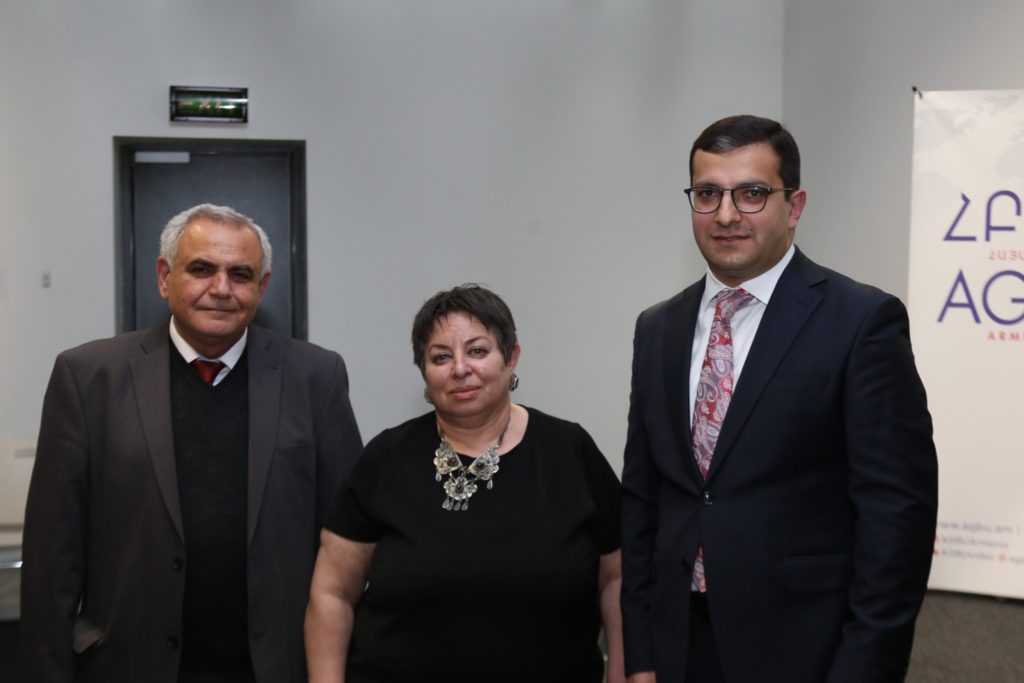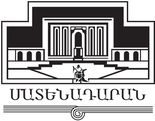
On May 20, 2022, the Mesrop Mashtots Matenadaran and Armenian General Benevolent Union AGBU Armenia organized the presentation of the book titled Manuscript Heritage of Artsakh and Utik published in English. The authors of the book are Hravard Hakobyan, Tamara Minasyan, and Vahe Torosyan, the editor is Karen Matevosyan.
The publication of the book was funded by the Lawrence Terzian Fund of AGBU within the framework of AGBU Artsakh Research Grants.
The new publication is dedicated to the history and manuscript heritage of the two historical provinces of Armenia.
The first chapter of the book provides brief review of the history of Artsakh and Utik from ancient times to the 19th century.
The second chapter gives detailed information on the scriptoria of Artsakh and Utik which functioned adjacent to almost all large monasteries. Manuscripts produced from the 13th to the 18th centuries have come down to us. The large part of the survived manuscripts is kept at the Mesrop Mashtots Matenadaran, and the others are stored in different libraries and depositories around the world, as well as in private collections.
The third chapter of the book is dedicated to the miniature painting of these manuscripts, giving a general idea on the miniature school and artistic traditions of Artsakh and its neighboring provinces.
More than hundred images of the illuminated manuscripts are included in the book-album, aimed at propagating the rich and, at the same time, little known written culture of Artsakh and Utik.
Dr. Marina Mkhitaryan, director of AGBU Armenia and Dr. Vahan Ter-Ghevondian, director of the Matenadaran made the welcoming speeches during the book presentation, and the translator of the publication Sona Baloyan represented the content of the book to the guests, accompanied with a presentation of digital images.
This project was an important implementation of the long-term cooperation between the Mesrop Mashtots Matenadaran and the AGBU, which will undoubtedly find its response in the international academic community.


